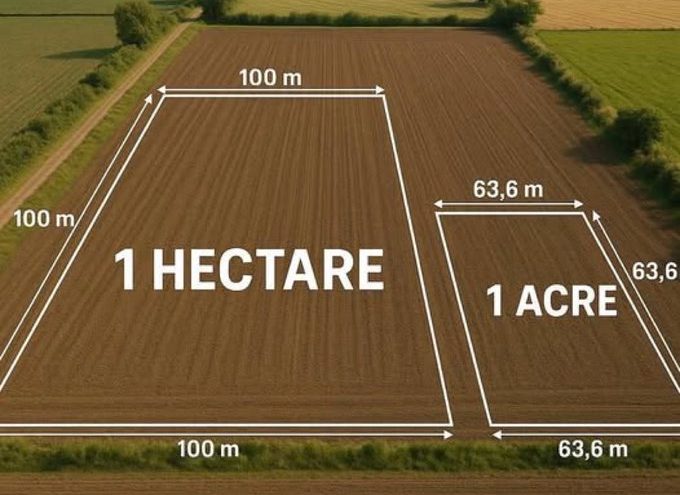Abstract
Urban blight functions inversely to city development and often leads to cities’ deterioration in terms of physical beauty and functionality. While the underlying causes of urban blight in the context of the global north are mainly known in the literature to be population loss, economic decline, deindustrialisation and suburbanisation, there is a research gap regarding the root causes of urban blight in the global south, specifically in prime areas. Given the differences in the property rights regimes and economic growth trajectories between the global north and south, the underlying reasons for urban blight cannot be assumed to be the same. This study, thus, employed a qualitative method and case study approach to ascertain in-depth contextual reasons and effects for urban blight in a prime area, East Legon, Accra-Ghana. Beyond economic reasons, the study found that socio-cultural practices of landholding and land transfer in Ghana play an essential role in how blighted properties emerge. In the quest to preserve cultural heritage/identity, successors of old family houses (the ancestral roots) do their best to stay in them without selling or redeveloping them. The findings highlight the less obvious but relevant functions that blighted properties play in the city core at the micro level of individual families in fostering social cohesion and alleviating the need to pay higher rents. Thus, in the global south, we conclude that there is a need to pay attention to the less obvious roles that so-called blighted properties perform and to move beyond the default negative perception that blighted properties are entirely problematic. View Full-Text Here




